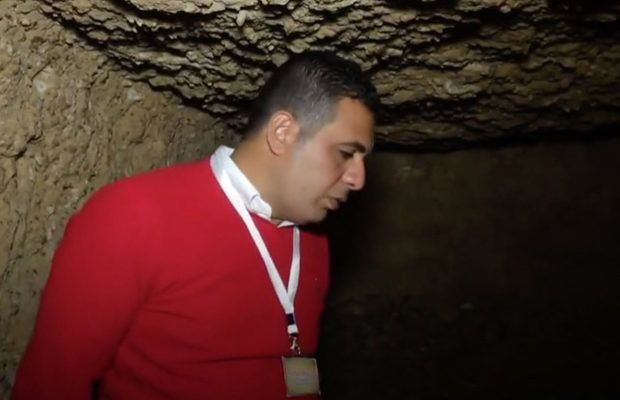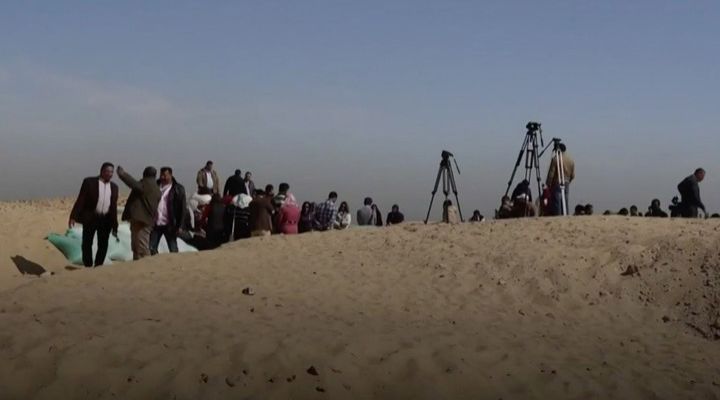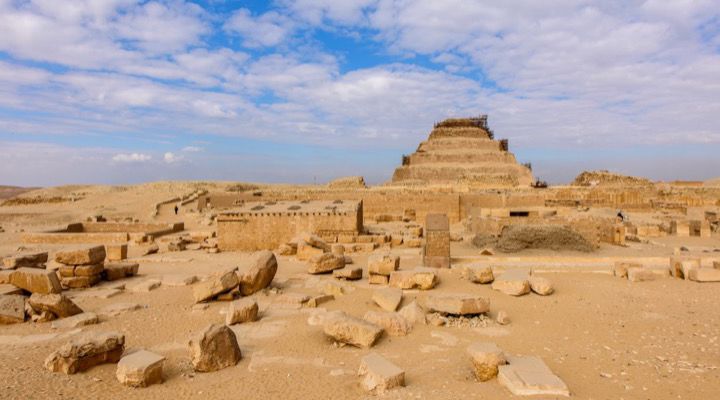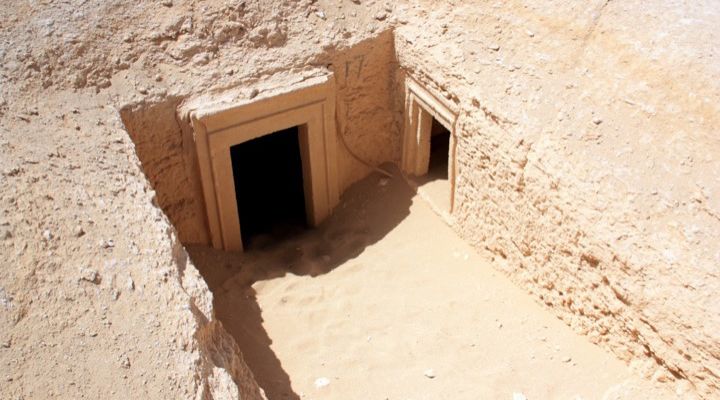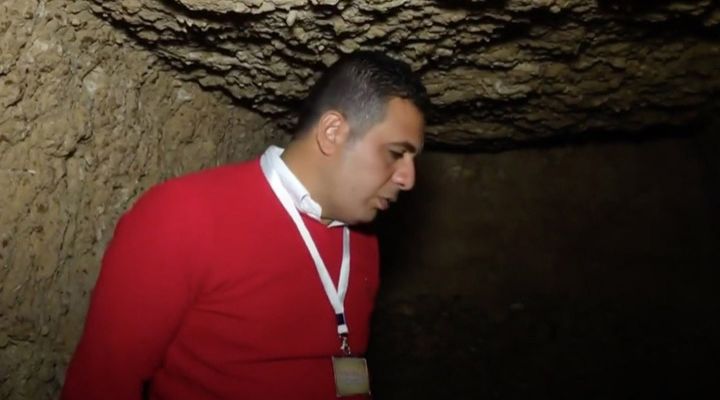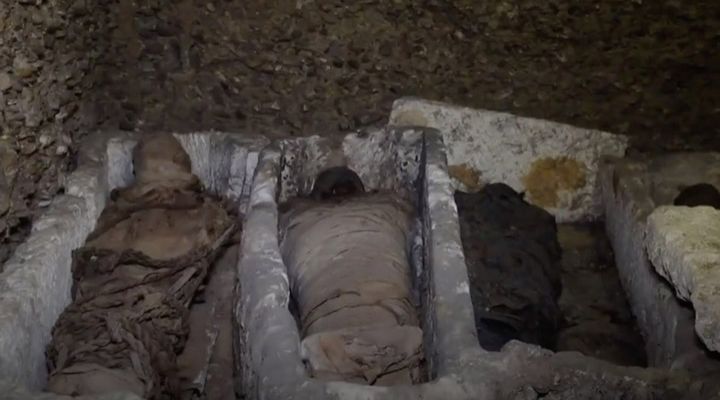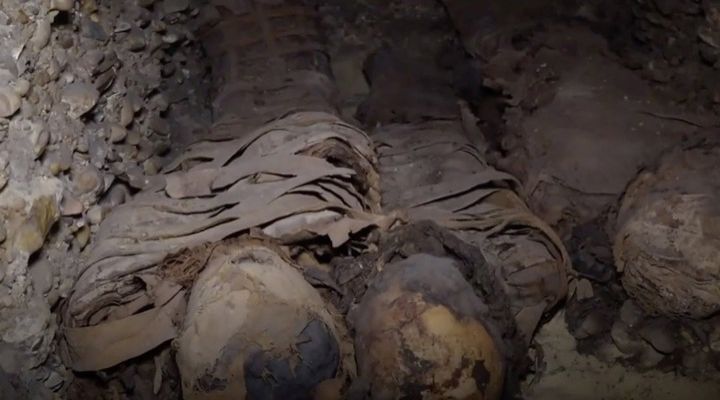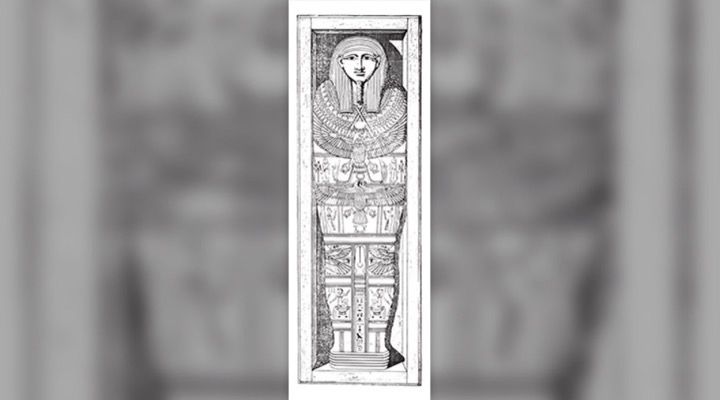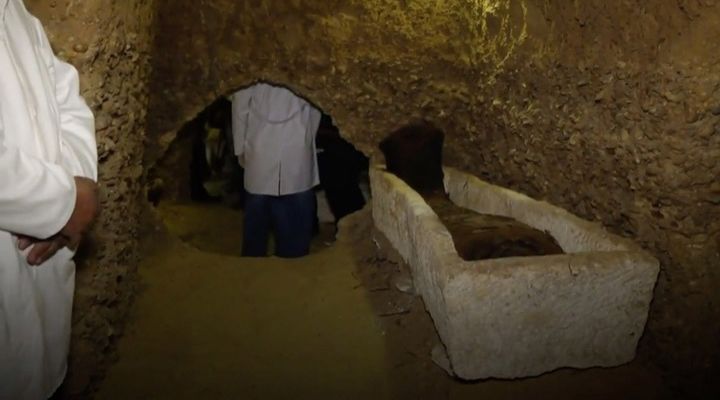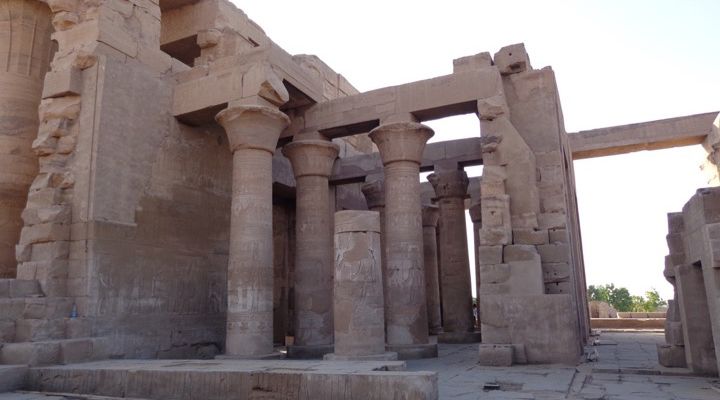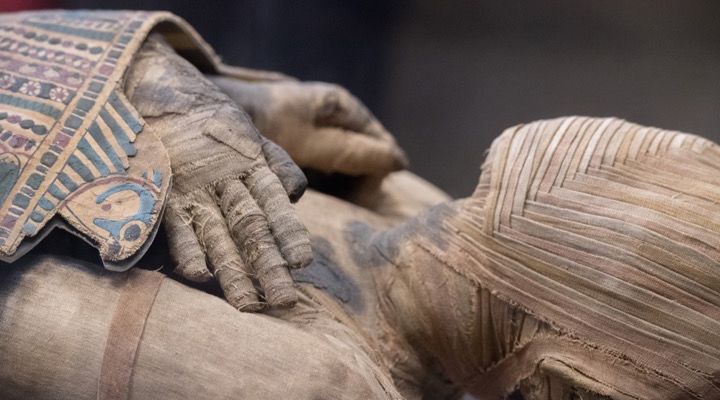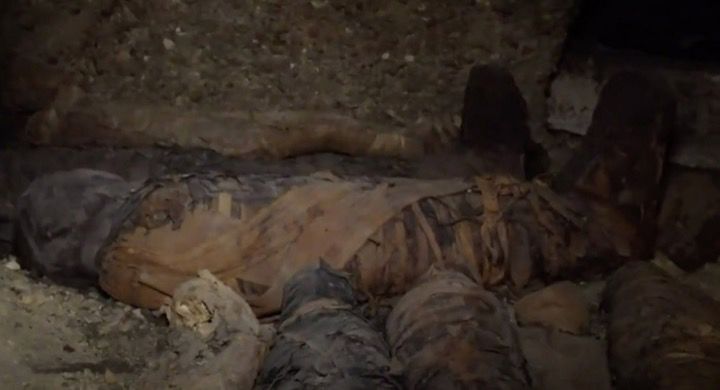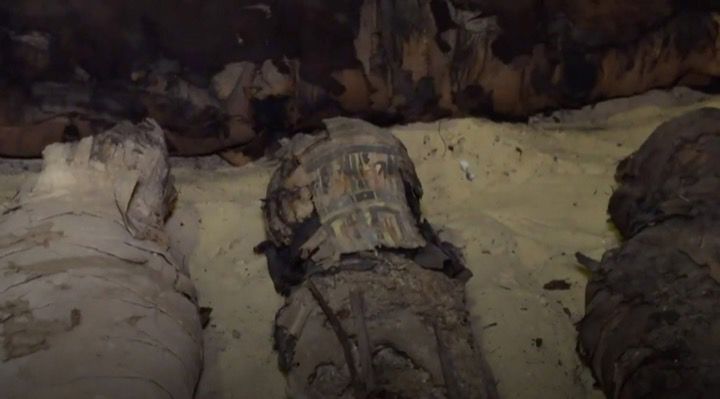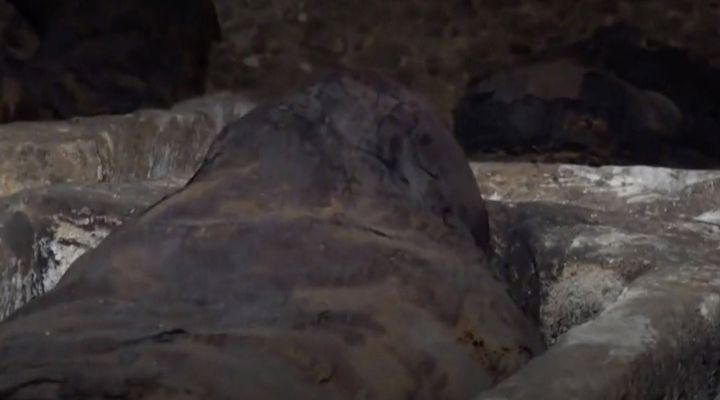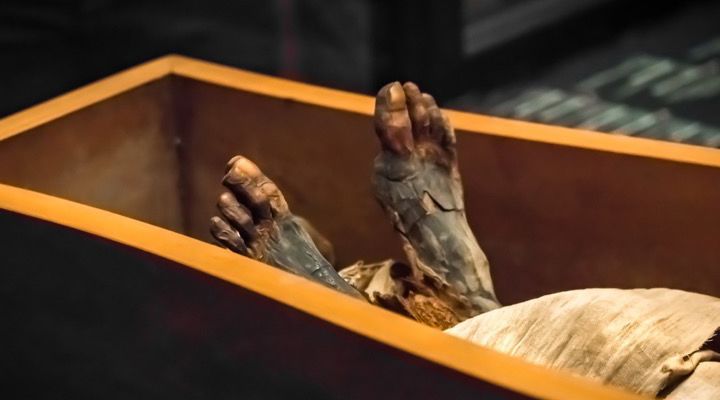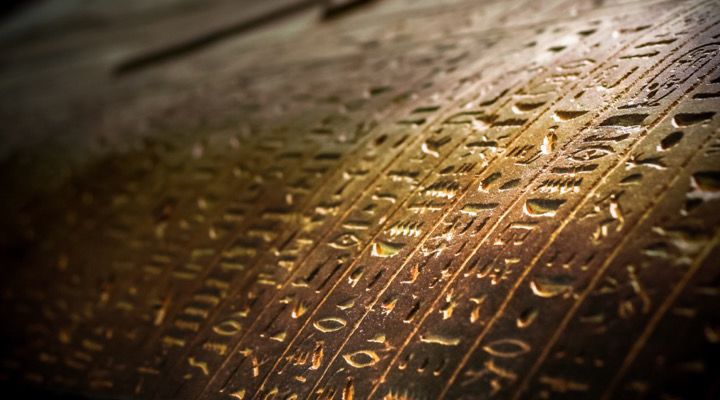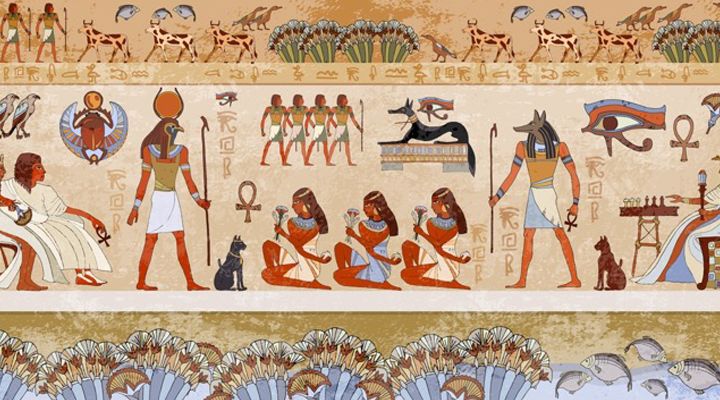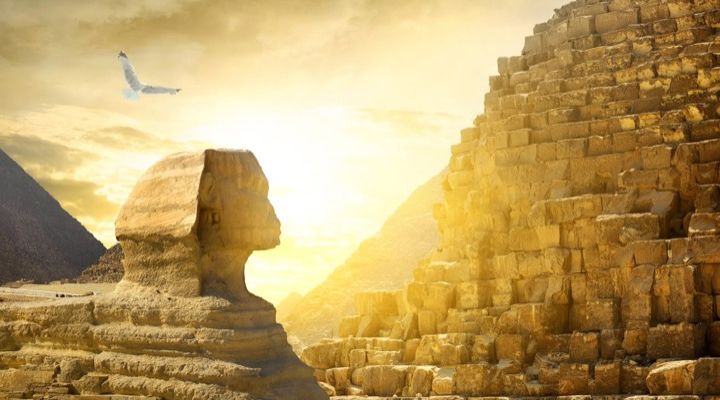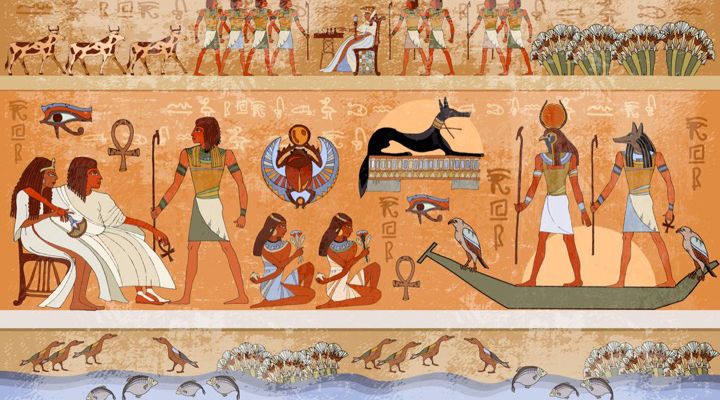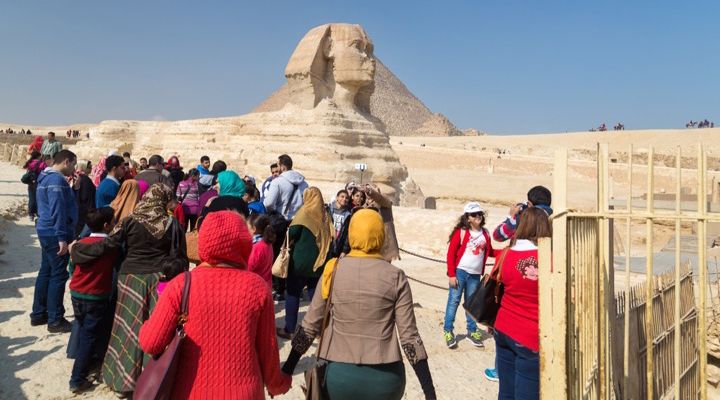In the many centuries since the last great Egyptian dynasties fell, Egypt itself has become a hotbed for archeological discovery. Perhaps this has to do with their unique belief system and rich cultural heritage, but perhaps it’s because there is still so much left to discover beneath those expansive desert sands.
Egypt saw a boon of archeological discovery back in the late 1800s and beginning of the 1900s, but much of the subsequent discoveries after that were few and far between. Recent years have seen the long drought of discovery finally end. Over the last two years, a large number of new discoveries in the region have recaptured the world’s attention…
Sunny Morning
The sun had barely risen over the Tuna El-Gebel necropolis in Egypt’s Minya governorate. It was a Saturday morning and the cool desert air was only just warming beneath the sun’s rays. A group of government officials and representatives from the media gathered to witness something spectacular.
By Invitation
It wasn’t something new these gathered journalists and officials were there to see, but something very old. Archaeologist Mohamed Ragab and Egyptian Minister of Antiquities Khaled El-Enany led the way as the invited guests made their way down a ladder and into an underground chamber.
The Necropolis
The sandy soil of Tunah Al-Gabal had been cleared away over the previous months in order to accommodate not only the archeological team but the eventual reporters that would be invited to see the newest find. Located 160 miles south of Cairo, the necropolis is very much what the root words describe it to be, a city of the dead.
Deep in the Rock
The invited guests were directed through the underground maze of chambers, each one meticulously cut into the rock thousands of years before. There were a number of ancient burial chambers in the bowels of the necropolis, as would be expected, but the most important one was the large one; the one filled with mummies…
Discovery
Along the way, archaeologist Mohamed Ragab explained that the two tombs had been discovered nine meters beneath the ground. There were more than six rooms in total. The Minya graves, as they are being described, were originally discovered during an excavation that started in February of 2018.
Laid Out
There, lining the floor and walls of the crumbling chamber, were the remains of over 40 different mummies. Some were laid out directly in front for all those invited to see, others were stores in open clay coffins. Even an amateur Egyptologist could tell these weren’t the mummies of pharaoh’s, but something else entirely.
Forty is A Lot
There were over 40 mummies in the chamber. There were men, women, twelve children, and even some animals. Despite the thousands of years that had passed since their burial, many of these bodies still had fragments of colored cartonnage covers near their feet. This material is made from layers of linen or papyrus covered in plaster.
Cartonnage
For those who don’t know, the melange of paper and plaster known as cartonnage was most commonly used in Ancient Egyptian funerary masks. It’s not surprising to find such a thing in an Egyptian tomb, but what’s surprising about it is that it is from a more recent period in Egyptian history; the First Intermediate Period to the Roman era.
Ancient Clues
The archeological team also discovered shards of pottery and pieces of papyrus found at the site as well. Through some pretty extensive research, these artifacts helped researchers to determine the date of the tomb itself. It was just as they had expected, the tomb dated all the way back to the Ptolemaic Kingdom.
Ptolemaic
The necropolis dates back to the Ptolemaic dynasty, which was founded in 305 BC. Also known as the Pharaonic Late Period, this period represents a time when ancient Greek rulers reached the height of their power. It falls between the conquests of Alexander the Great and the rise of the Roman empire, both of which affected Egypt’s culture as well.
The Tomb Tour
Good Condition
Mummification is, of course, closely associated with the cultural norms of ancient Egypt, but they weren’t the only culture to adopt such a practice. Even during the reign of Ptolemy, the successor to Alexander the Great, the practice persisted. The mummies in the tomb at Tuna El-Gebel were actually in great condition.
Typical Style
Despite the fact that there were so many bodies in the chamber, the tomb represents a typical burial style. The fact that some mummies were in sarcophagi and other in simpler, clay tombs, makes it clear that the people buried in this part of the necropolis were of some import; even if they weren’t pharaohs.
Middle Class
The tomb was what is known as a communal tomb and experts believe that it probably belongs to a middle-class family of the Ptolemaic period. Though they believe it could just as well belong to a family from the early Roman or Byzantine periods. Either way, the antiquities minister considered it to have belonged to “a petty bourgeois family.”
Decorated
The archeologists also discovered pottery, papyri, and colorful mummy cases. Many of these items appeared to have been decorated with some form of demotic handwriting. This form of ancient Egyptian script was only ever used by ordinary people, lending more credence to the idea that these were the tombs of “the common man.”
Buried with Treasures
The adjacent rooms also housed other large, stone sarcophagi and then a few mummified bodies in a collection of unusual stone niches. Tombs like this are rare, though not as valuable as those of the ancient Egyptian pharaohs as they weren’t buried with as many valuables as their rulers. That’s not to say that they were buried with no treasure, however…
Varying Styles
“The methods used in burying the mummies inside the maze of tombs vary in style,” explained Mostafa Waziri, the secretary-general of the Supreme Council of Antiquities. He mentioned this in order to explain why some mummies were in wood or stone sarcophagi, while others were buried in sand, in the stone niches, or else laid down on the floor.
Pets Too
Archeologist Mohamed Ragab also mentioned that the presence of the mummified pets showed their importance in Egyptian culture. These pets, most of them were dogs incidentally, were so beloved by their owners that they buried them in their own tombs. That way, they could find their way into the afterlife together.
More Tombs
Fathi Awad is the director of Tuna El-Gebel and he was on site for the unveiling as well. He explained that the site has several more important tombs like that of Petosiris, a Roman cemetery, and the two frontier reliefs of king Akhenaten. There is also the Isadora tomb, a sacred animal ceremony.
Minister
Once the invited guests had viewed the historic discovery, Minister of Antiquities Khaled El-Enany was happy to give credit for the find. He explained that a joint mission from the ministry and the Research Centre for Archaeological Studies at Minya University were the ones responsible for uncovering all of it.
Reviving Tourism
Egypt’s tourism has understandably suffered in recent years after the 2011 uprising, but it’s back on the rise thanks to the number of archaeological finds the country’s archeologists have discovered since then. Hopefully, the 40 Ptolemaic mummies will further enlighten the tourism industry and give new generations an appreciation for exploring ancient history and culture. See the find in all it’s glory in the video below…
